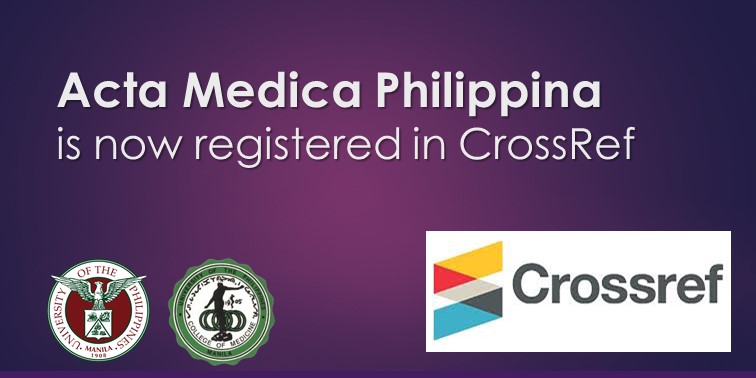Clinical Outcomes of Stroke Thrombolysis in the Philippine General Hospital: A Five-year Retrospective Study
DOI:
https://doi.org/10.47895/amp.v59i13.11341Keywords:
thrombolysis, ischemic stroke, Philippines, outcomesAbstract
Background. Thrombolysis, or the administration of intravenous recombinant tissue plasminogen activator (IV rTPA) within the narrow therapeutic window following ischemic stroke onset, has emerged as a critical intervention in acute stroke care with the potential to restore blood flow and improve chances of functional recovery.
Objectives. This study aimed to describe the demographic profile, risk factors, ischemic stroke subtypes, clinical course, and outcomes of stroke thrombolysis in a tertiary hospital in the Philippines over the past five years. It also aimed to evaluate key performance indicators in terms of benchmark times in the administration of IV rTPA.
Methods. This study used a retrospective observational design including all adult acute ischemic stroke patients who received IV rTPA at the University of the Philippines - Philippine General Hospital (UP-PGH). Data was collected through census and chart review.
Results. One hundred eighty-eight patients received IV rTPA, majority were males (57.45%) with a median age of 60 years old. Hypertension (76.60%) was the most common risk factor for ischemic stroke. Partial anterior circulation infarcts (67.55%) and large artery atherosclerosis (49.47%) were the most common ischemic stroke subtype and etiology, respectively. The median door to needle time was 48 minutes, and the median length of hospital stay was five days. There was improvement in median NIHSS from 13 to 4, with a median modified Rankin scale of 3 indicating moderate disability upon discharge. Less than five percent (4.79%) had symptomatic intracerebral hemorrhage. The inhospital all-cause mortality rate among thrombolysed patients was 13.83%, mostly from non-neurologic causes. Nosocomial pneumonia and the need for neurosurgical interventions after thrombolysis were significantly associated with poor outcome (p <0.05).
Conclusion. Our findings support the use of IV rTPA in the treatment of acute ischemic stroke. Existing stroke protocols in our institution are able to achieve the recommended thrombolysis benchmark times, leading to better functional outcomes for stroke patients.
Downloads
Published
Issue
Section
License
Copyright (c) 2025 Acta Medica Philippina

This work is licensed under a Creative Commons Attribution-NonCommercial-NoDerivatives 4.0 International License.




.jpg)



